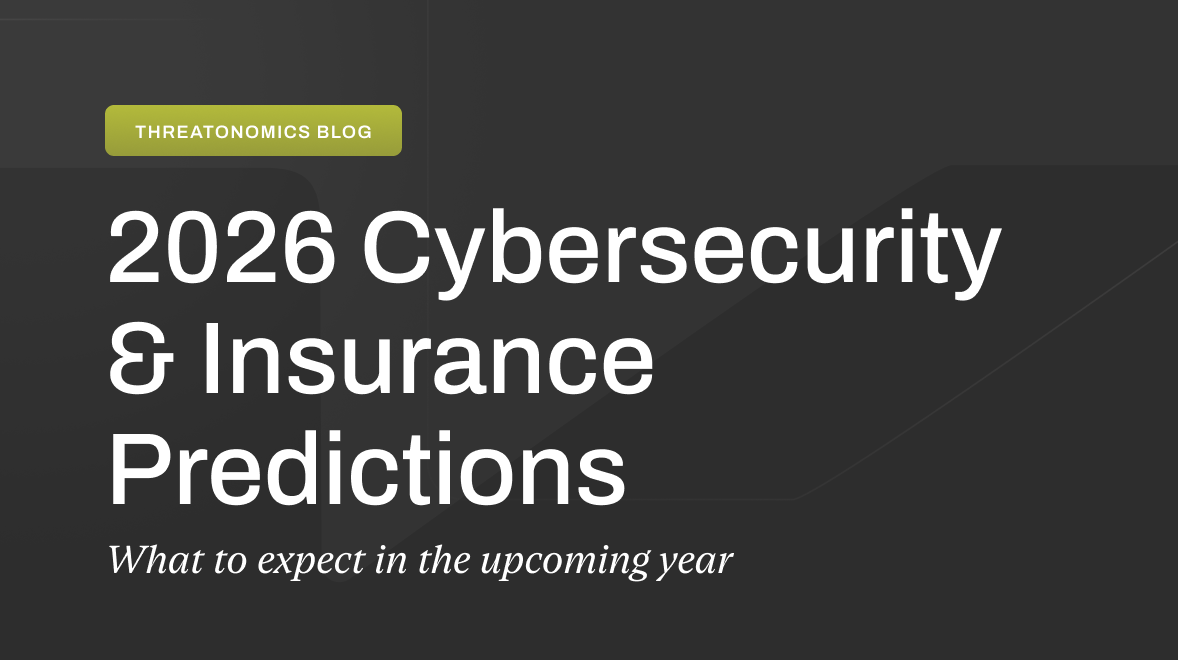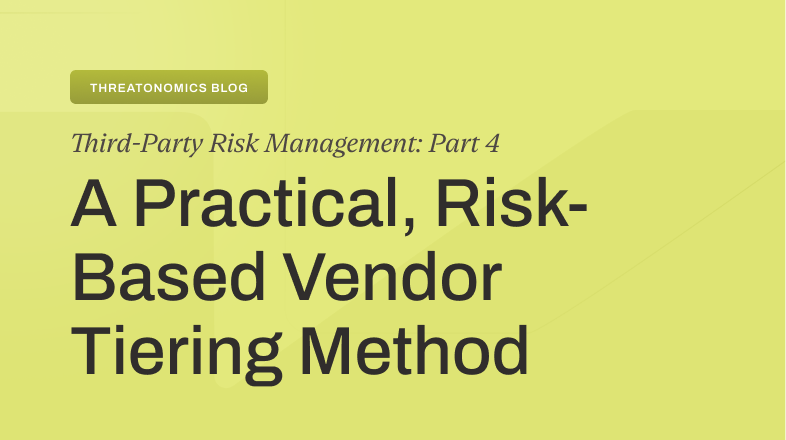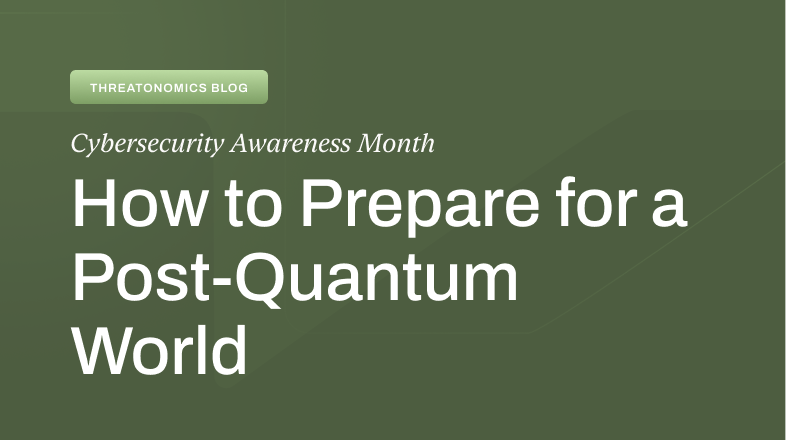It’s that time of year again. Finance has sent the email with the budget template attached. Your CFO wants preliminary numbers by next week. And you’re staring at a spreadsheet wondering how to justify the security investments your organization desperately needs when last quarter’s board meeting included the phrase “do more with less.”
Welcome to budget season—the annual gauntlet that separates CISOs who get their security programs funded from those who spend another year making do with insufficient resources.
The predictable problems every CISO faces
The technical translation gap
You know exactly what your organization needs: enhanced endpoint detection, zero-trust architecture, a proper security operations center. But when you walk into that budget meeting and start talking about EDR capabilities and SIEM integration, you watch executive eyes glaze over. They’re not dismissing security—they genuinely don’t understand how these technical investments connect to business outcomes they care about.
The compliance trap
It’s tempting to lead with regulatory requirements. “We need this for SOC 2” or “This is required for GDPR compliance.” But compliance-driven budgets are the first to get cut when finances tighten. Executives view compliance as a cost of doing business, not a strategic investment. Unless you can connect those compliance requirements to revenue enablement or market access, you’re fighting an uphill battle.
The fear factor backfire
You’ve seen the headlines about massive breaches and ransomware attacks. You’re tempted to lead with fear: “If we don’t invest in security, we could be the next Colonial Pipeline.” But fear-based arguments often backfire. Executives become desensitized to threat warnings, and worse, positioning security as purely defensive makes you look like a cost center rather than a business enabler.
The metrics problem
Your CFO lives and breathes ROI calculations, payback periods, and cost-benefit analyses. They want to see numbers that prove your security investments will deliver measurable returns. But how do you calculate ROI on something that prevents incidents that might never happen? This quantification challenge leaves many CISOs struggling to compete with other departments that can show clear financial returns.
The priority paradox
You have a dozen critical security gaps, but you can’t ask for everything at once without looking unrealistic. Yet when you prioritize and present just your top three initiatives, stakeholders question whether security is really that important if you’re only asking for a few things. You’re damned if you ask for too much and questioned if you ask for too little.
The dreaded budget defense
Getting your initial budget request submitted is only half the battle. The real test comes when you’re defending those numbers in front of financial decision-makers. This is where many CISOs stumble—not because their requests are unreasonable, but because they haven’t done the prepwork for approval.
Under pressure, many CISOs retreat into technical explanations about attack vectors and security architectures when executives want to understand business impact and ROI. Others struggle to defend their numbers when priorities shift or when someone asks why their request exceeds industry benchmarks. The underlying problem is usually the same: without a consistent, documented methodology for quantifying risk and calculating returns, you can’t credibly defend your budget or adapt it when circumstances change. This lack of confidence shows, and it undermines your credibility as a strategic leader.
The risk-first approach changes everything
The fundamental problem isn’t that executives don’t care about security. They do. The problem is that most budget requests speak in security language instead of business language. They focus on controls and compliance instead of risk reduction and value protection.
A risk-first approach flips this dynamic. Instead of leading with the tools you need, you lead with the quantified business risks you’re addressing. Instead of asking for a budget based on compliance requirements, you demonstrate ROI based on expected annual loss and cost trade-off calculations. Instead of positioning security as a cost center, you show how security investments protect revenue, optimize costs, improve capital efficiency, and preserve treasury integrity—the four business objectives every CFO cares about.
When you can walk into a budget meeting and say “I’m requesting $1.2M annually for the next three years to protect $3.8M in identified annual risk exposure. This translates to a nominal 2.2:1 ROI,” you’re speaking their language. When you can show exactly how ransomware impacts revenue per hour of downtime using their own financial metrics, you’re demonstrating business acumen. When you can map your security investments to strategic business priorities they’ve already approved, you’re positioning yourself as a partner, not a supplicant.
This isn’t about manipulating numbers or overselling security’s value. It’s about translating legitimate security needs into the financial and strategic framework executives use to make all investment decisions. It’s about bringing the same analytical rigor to security investments that your organization applies to any other capital allocation decision.
Your toolkit for budget season success
Budget season doesn’t have to be an annual battle you barely survive. With the right approach and resources, you can transform it into an opportunity to strengthen your position as a trusted business partner who delivers measurable value.
That’s why we created our budgeting toolkit for risk-first CISOs. It includes expert-led webinars and actionable tips for how to get your budget passed–on the first try.
The difference between CISOs who consistently secure funding and those who struggle year after year isn’t technical expertise. It’s the ability to translate security investments into business value using the same language and metrics that drive all strategic decisions in your organization.
Your peers are already preparing their budget requests. Make sure yours stands out for the right reasons.








